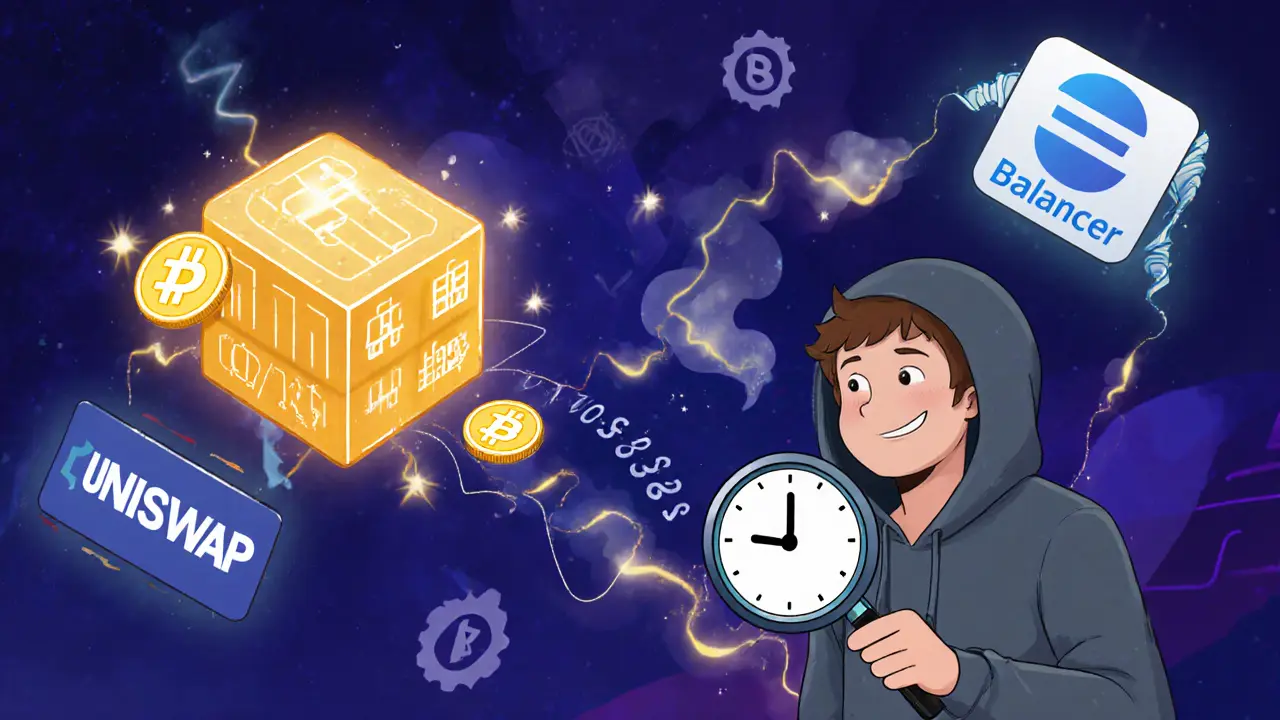Uniswap: The Decentralized Exchange Powering DeFi Trading
When you trade crypto without a middleman, you’re likely using Uniswap, a decentralized exchange built on Ethereum that lets users swap tokens directly from their wallets. Also known as an automated market maker, it replaced order books with smart contracts and liquidity pools—making trading faster, open to anyone, and impossible to shut down. Unlike centralized exchanges like Binance or Coinbase, Uniswap doesn’t hold your funds. You connect your wallet—MetaMask, Coinbase Wallet, or others—and trade peer-to-peer. No KYC. No account approval. Just code running on the blockchain.
This model changed everything. Before Uniswap, getting into new tokens meant waiting for them to list on an exchange, often after a big price run. Now, as soon as a project deploys its token on Ethereum, anyone can add it to Uniswap. That’s why thousands of new coins appear every month. But it’s not magic—it’s math. Uniswap uses a simple formula: x * y = k. Liquidity providers deposit pairs of tokens (like ETH and USDC) into pools. The system automatically adjusts prices based on supply and demand. The more you trade a token, the more expensive it gets. That’s how it stays balanced without a single human making a decision.
Uniswap isn’t just a trading tool. It’s the backbone of DeFi. Most yield farms, lending platforms, and staking protocols use Uniswap to get price data. If Uniswap’s price for a token is wrong, the whole ecosystem can get messed up. That’s why people monitor its pools closely. It’s also why scams love it—anyone can create a token and pair it with ETH. That’s why you see so many posts here about fake airdrops, abandoned tokens, and rug pulls. Uniswap doesn’t vet projects. You do.
People use Uniswap to trade ETH for new memecoins, swap stablecoins to avoid fees, or add liquidity to earn rewards. But it’s not always smooth. High Ethereum gas fees used to make small trades pointless. That’s why many now use Uniswap on Layer 2 networks like Arbitrum or Polygon, where fees are cents, not dollars. Even then, slippage and impermanent loss can eat into profits if you’re not careful.
What you’ll find in these posts isn’t just how to use Uniswap—it’s the real-world mess behind it. From frozen assets tied to bad liquidity pools to scams hiding behind fake token names, these stories show what happens when open finance meets human greed. You’ll see how traders got burned, how audits failed, and why some tokens vanish overnight. Uniswap gives you freedom. But freedom doesn’t mean safety. You’re the exchange now. And that’s the whole point.
